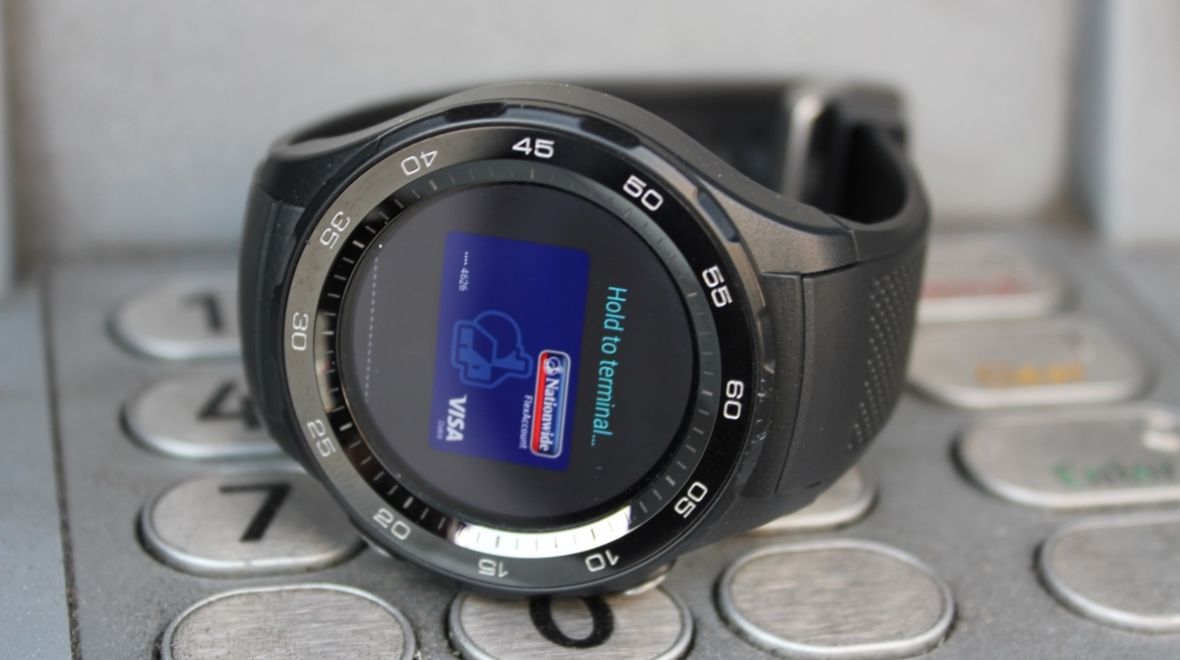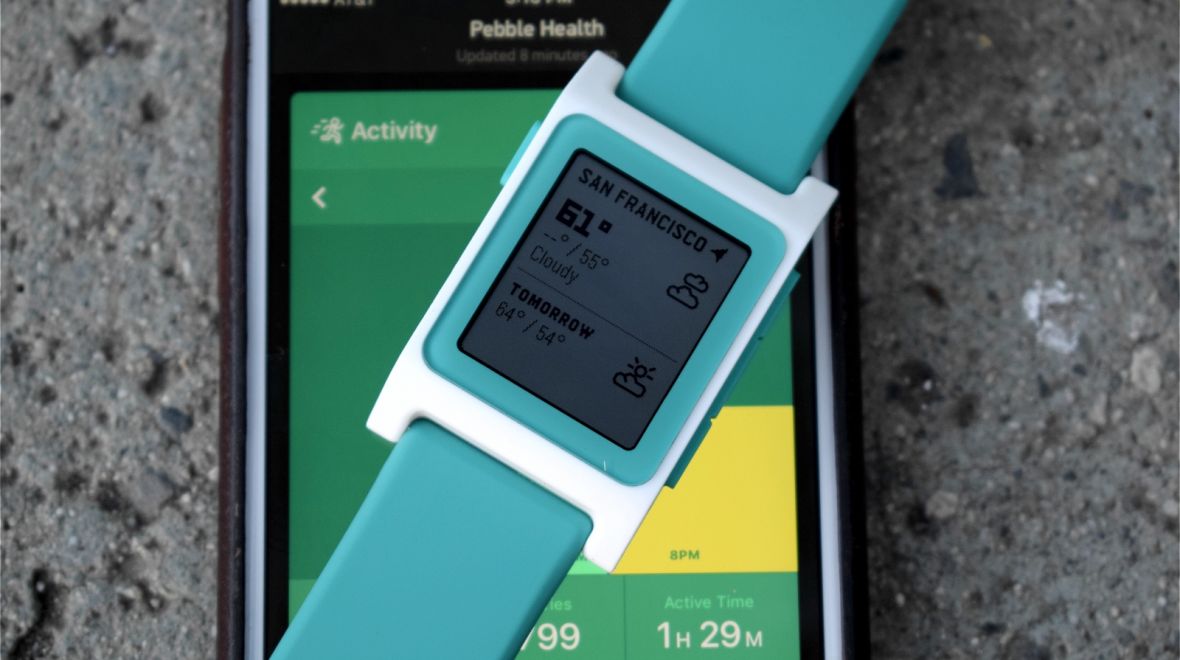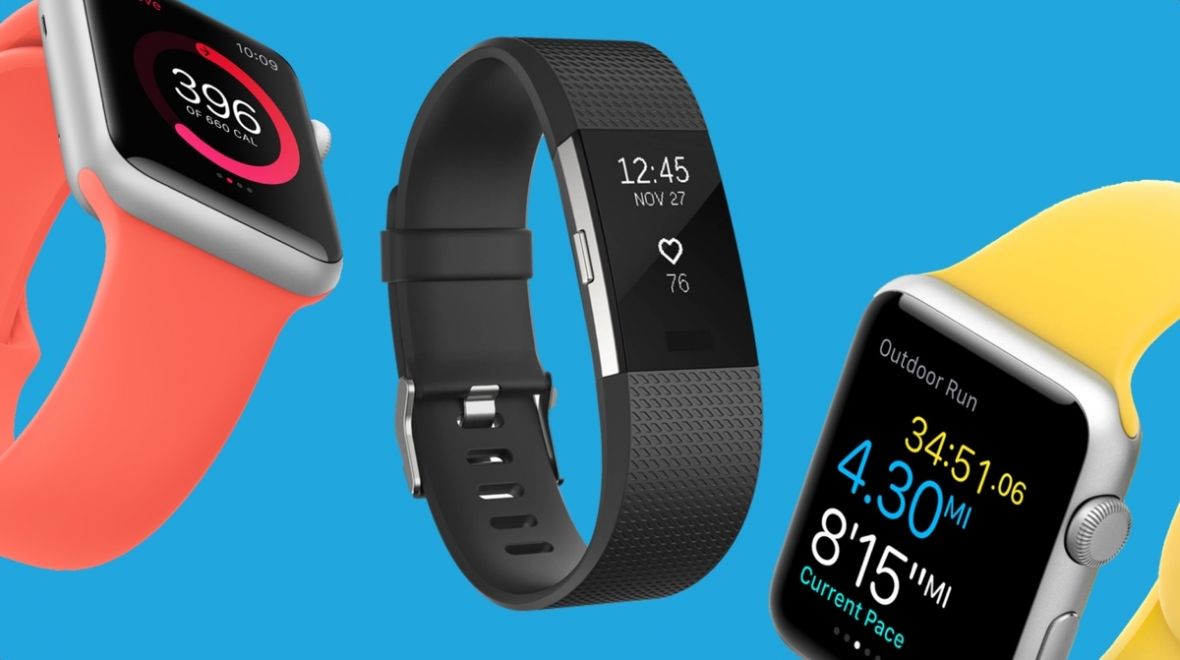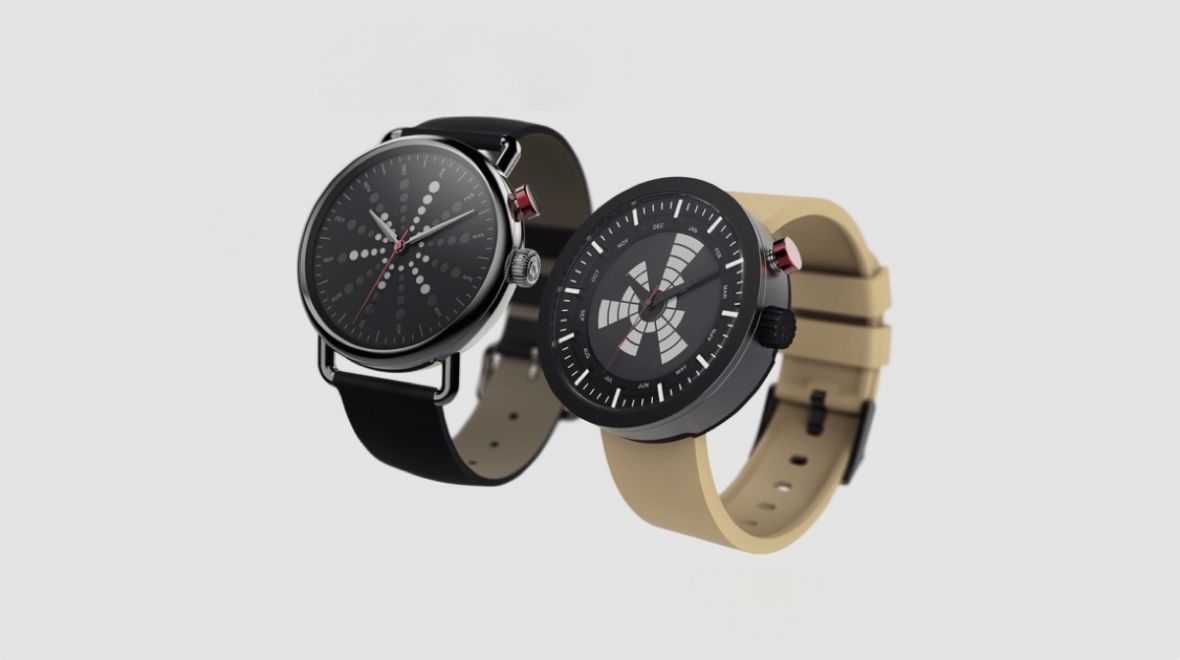Mobile payments are no longer the future – they’re now – but the question, of course, is which is the best way to pay?
Which service you use will depend on what smartwatch you’re rocking, which in turn will be partly influenced by your smartphone of choice. The good news is that there’s a bit more parity these days, but there are certainly some differences you should be aware of.
Read this: What makes the perfect smartwatch – according to us
We’ve put the big three head to head. It’s Samsung Pay, Apple Pay and Android Pay in a big slinging match, but instead of fists being thrown it’s dollar bills. Who is the money master when it comes to wearable payments?
Compatibility with phones and banks
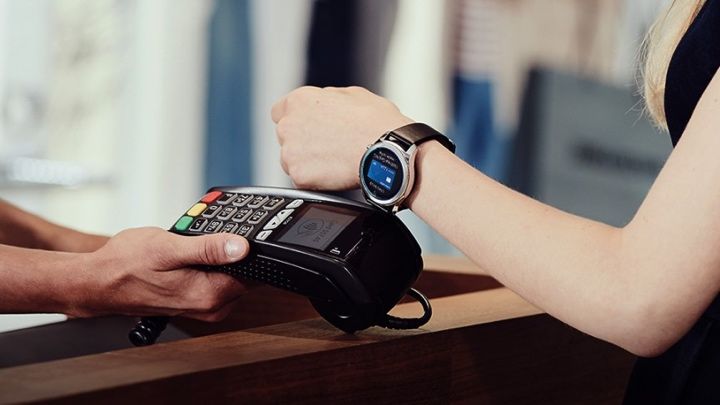
Let’s start with the basics: who supports what? Well, despite dropping at different periods throughout the UK and US, all three platforms are now available in both territories.
As for smartphone compatibility, Apple Pay will only work on the Apple Watch, which also only works with the iPhone (maybe it’s time that changed). Simple as that.
Android Pay has more scope, but right now it’s quite limited. For wearables, Android Pay is only supported by the small pool of Android Wear 2.0 devices. This is set to grow rapidly with the influx of Wear 2.0 watches coming this year, but the second magic ingredient is NFC, which not every smartwatch will include.
Right now, the LG Watch Sport, Huawei Watch 2 and Tag Heuer Connected Modular 45 tick both boxes, but that’s it (sorry, Watch Style fans). With the fresh software now also rolling out to the LG Watch Urbane LTE, too, this is an option to consider.
Read next: Best smartwatch 2017
Believe it or not, Android Pay will also soon add support for iPhones. Wear 2.0 is more iOS-friendly as we’ve discovered, but support for Android Pay is a bit of a surprise – not that we’re complaining.
As for Samsung Pay, this works on the Gear S3 for users with a Samsung or Android phone, but not for iPhone folks. Back in December, Samsung tried to push a Samsung Pay Mini app to the App Store, potentially opening up compatibility for Samsung Pay with the iPhone, but Apple rejected it, and there’s no word on whether things may change in the future. Samsung Pay also works with the Gear S2, but it’s still only compatible with NFC, not magnetic strip transactions (MST) like the more recent model.
Speaking of banks, the good thing about comparing the services in 2017 is that the big three have had some time to rally support. There’s a slight bit of variation, but all three have a pretty robust lineup of banks.
You can see a full list of banks supporting Apple Pay in the US here and UK here. For Android Pay they can be found for the US here and for the UK here. For Samsung in the US, head here, and UK folks portal through here.
Should Android and Samsung Pay support come to iOS, they would both win in terms of compatibility. For now, it feels like Apple and Samsung are the two frontrunners.
Initial setup
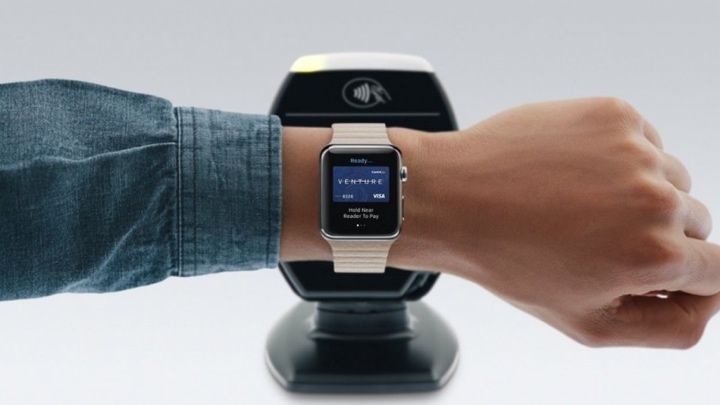
In all three cases, you’ll have to verify your card with your bank before you can start spending. The process is a tiny bit different across the board, but none of them should take too long, and in all cases you’ll need to do the setup on your smartphone.
We have a full guide to setting up Android Pay on a smartwatch, so we won’t dive into it too much here, but setting up on Android Wear requires going through the standalone procedure on your phone, even if you already have a card on your account for use with your smartphone. You’ll also need to setup a lock screen, be it a pin number or swipe pattern, to use Android Pay. The good news is that, once unlocked, it will only lock again if you take the watch off.
Read this: Samsung has an interesting new idea for wearable payments
Setting up Apple Pay on the Apple Watch isn’t very different. You’ll also need a passcode of some description, and it uses a similar security mechanism of re-locking Pay if it loses contact with your wrist.
As mentioned, Samsung Pay can also work with Android smartphones, and you pair the two in the Gear app. From there you’ll follow a similar process of entering and verifying your bank details. One niggle with Samsung – you can only use a pin number, no patterns, on the Gear S3, and that’s particularly fiddly on the small screen. It’s the same for the Apple Watch, but on the Gear S3 the buttons are smaller.
Putting them to use
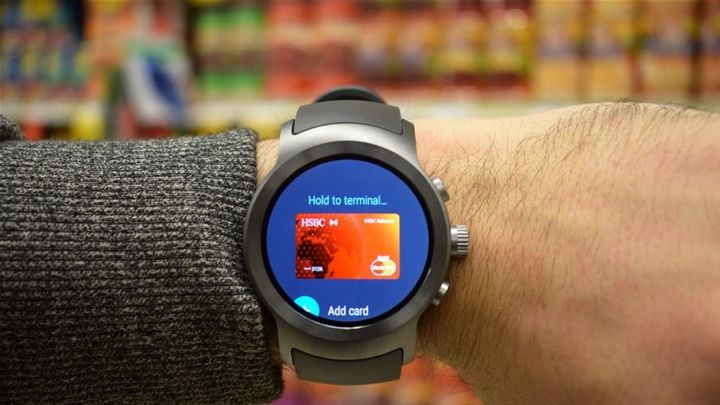
For Android Pay, assuming you have the compatible watch, you can either assign a side button to Pay or you can launch it from a complication. When you tap it, it will bring up Pay, and if you have more than one card on your account you’ll need to select the one you want to use.
Otherwise, you just hold your wrist to the terminal, make sure the top edge of the watch is properly aligned with the NFC point, and wait for confirmation. It’s straightforward in theory, though sometimes aligning the two perfectly can be tricky in practice.
With Apple Pay, it’s a case of double tapping the side button and then holding the Watch up to the reader. Pretty similar. Interestingly for those in the UK, the Cupertino giant has also recently announced that over half of terminals will accept payments above £30.
It’s here where Samsung Pay has an edge though, as it’s the only one of the three to support MST (magnetic strip transactions), as well as NFC. This means it will work at almost all terminals with a magnetic strip reader, although the process means tapping your watch against that bit of the terminal instead. This is also a tad fiddly, but worth it for the added support.
For us, Samsung wins the battle of usage on smartwatches purely down to having both NFC and MST support, while the other two only support NFC. The fact it also works with Android phones makes it even better, and iOS support would be even more fantastic.
Of course, there are plenty of other parts of the experience to think about beyond mobile payments, and using an Android Wear or Samsung Gear watch with iOS is going to compromise you in other places. Nobody wins the battle by a huge margin, but for our money, Samsung Pay is just ever-so-slightly in the lead right now.
SOURCE:https://www.wareable.com/smartwatches/apple-pay-vs-samsung-pay-vs-android-pay-5655
